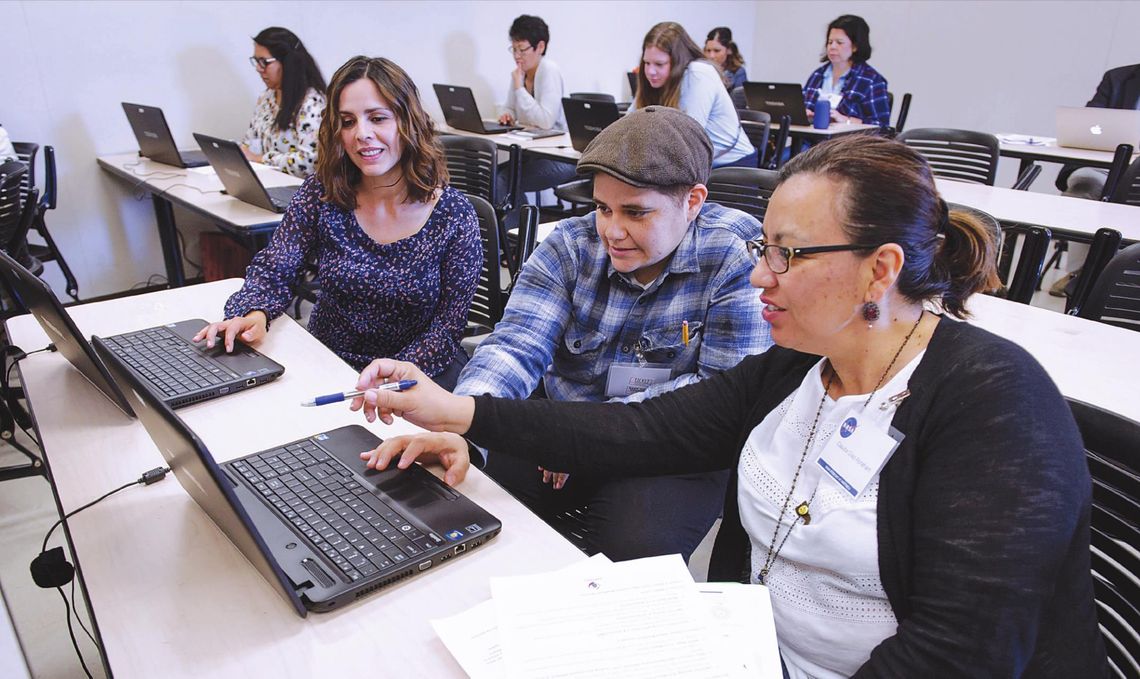The COVID-19 pandemic created chaos in several different facets of day-to-day life. For many people, particularly those with young children, one of the biggest challenges (with potential long-term effects) has been the switch to online learning.
A Pew Research Center report published in late October highlighted the serious worry parents have about their child’s education. Pew surveyed more than 2,500 parents of K-12 students, and 68% said they were somewhat concerned or very concerned about their child falling behind at school because of disruptions related to COVID. There were even starker breakdowns among socio-economic levels. Parents with lower incomes were nearly 20% more likely to express concern about their child’s education.
Unavailability of face-to-face teacher professional development opportunities during this time is also a critical issue. Teaching is a particularly demanding field that requires constant updates and development. This need in particular, has opened a door for Texas State University’s NASA STEM Engagement and Educator Professional Development Collaborative, or EPDC, which is housed in the LBJ Institute for STEM Education and Research.







